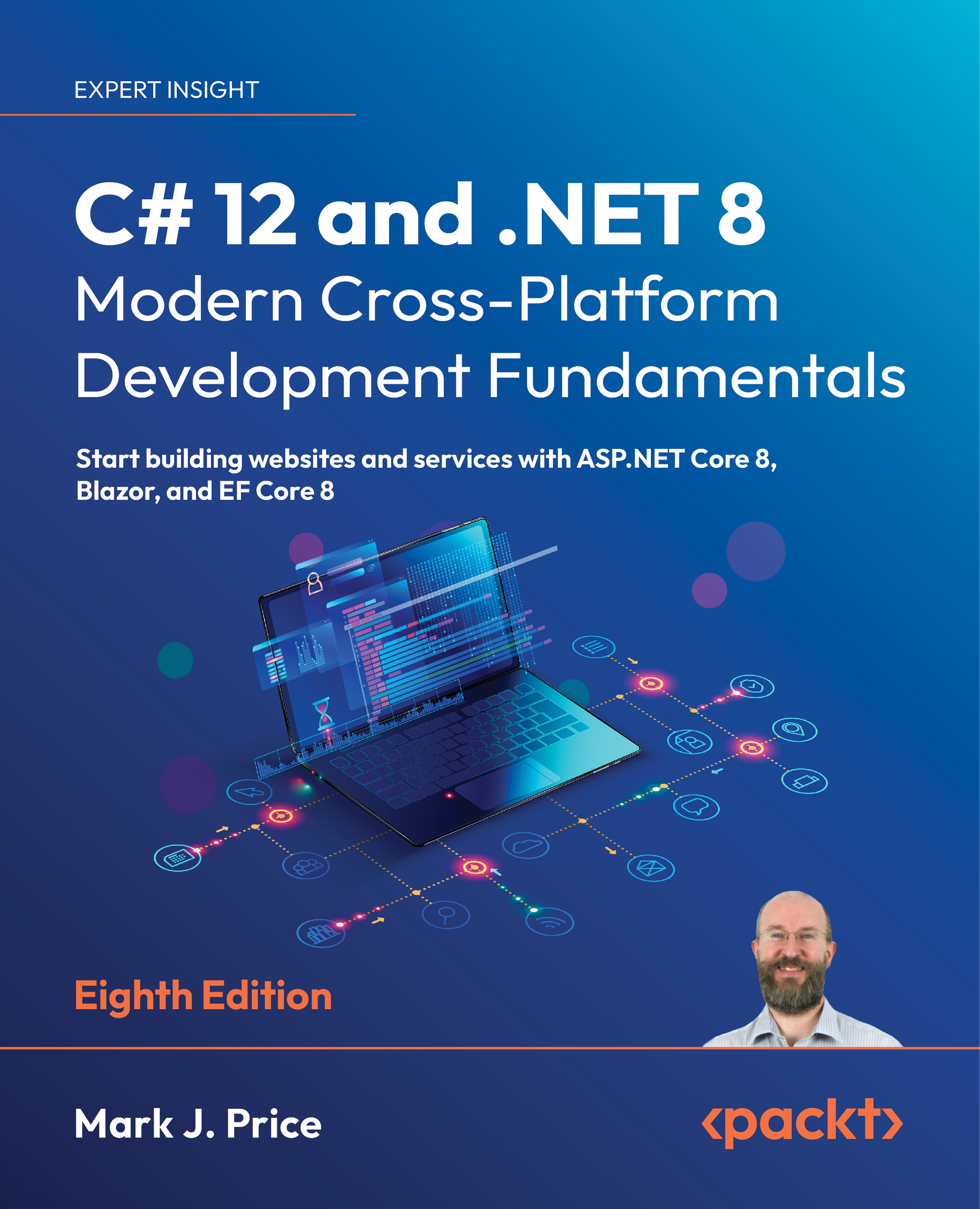Chapter 1. Introduction to Extension Development
Before I was a Magento Developer, I sold fair trade music from my own e-commerce website. Ten years ago, it was difficult to propose a technically new website to buy and download music from hundreds of artists; so much so that I spent all my time developing this part. There were a lot of other functionalities to develop, such as the customer relationship interface, the artist relationship interface, and much more; I said to myself that they would arrive later.
Later, my society, DiskOverMusic, began to organize concerts; what an exciting new challenge! Concert halls, technicians, lights, drinks, there were thousands of things to do for it. But how could I sell tickets to the millions of fans?.
Now, Magento exists and offers us a fantastic playground to develop everything our clients need in order to make the Internet innovative and secure. Standard development and the Magento framework allow you to develop clean, fast, and secure code to bring new functionalities to the community.
In our very first chapter, we will discuss the need for complex extensions in the Magento Marketplace. We will discover that marketable extensions fulfil a complex purpose.
Thanks to Magento, we will create TicketBlaster, a module which will enable a store owner to sell seated tickets to events at a venue.
Magento is an out of the box e-commerce platform with many features, such as catalog navigation, promotion rules, tax rules, reports, and order management, which enable the store owner to begin to sell his products. However, all this out of the box functionality does not allow him to differentiate his store from others, interface with third party web applications, and offer good quality marketing and social services to the customer, as well as—maybe the most important requirement—providing an answer to the specificities of the profession the store owner needs.
Thus, Magento's community, composed of hundreds of developers and editors, distribute a lot of free and paid complex extensions in the Magento Marketplace. The extensions cover usage in customer experience (gifts, social, and so on), site management (administration, automations, and so on), integrations (payment, shipping, gateways, and so on), marketing (ads, email marketing, SEO, and so on), tech utilities, and themes. We will explore the Marketplace in detail in Chapter 8. Optimization for Teamwork Development.
In this chapter, we will cover the following topics:
- Creating an extension
- Registering dependencies with Composer
- Managing our work with Git source control
 United States
United States
 Great Britain
Great Britain
 India
India
 Germany
Germany
 France
France
 Canada
Canada
 Russia
Russia
 Spain
Spain
 Brazil
Brazil
 Australia
Australia
 Singapore
Singapore
 Canary Islands
Canary Islands
 Hungary
Hungary
 Ukraine
Ukraine
 Luxembourg
Luxembourg
 Estonia
Estonia
 Lithuania
Lithuania
 South Korea
South Korea
 Turkey
Turkey
 Switzerland
Switzerland
 Colombia
Colombia
 Taiwan
Taiwan
 Chile
Chile
 Norway
Norway
 Ecuador
Ecuador
 Indonesia
Indonesia
 New Zealand
New Zealand
 Cyprus
Cyprus
 Denmark
Denmark
 Finland
Finland
 Poland
Poland
 Malta
Malta
 Czechia
Czechia
 Austria
Austria
 Sweden
Sweden
 Italy
Italy
 Egypt
Egypt
 Belgium
Belgium
 Portugal
Portugal
 Slovenia
Slovenia
 Ireland
Ireland
 Romania
Romania
 Greece
Greece
 Argentina
Argentina
 Netherlands
Netherlands
 Bulgaria
Bulgaria
 Latvia
Latvia
 South Africa
South Africa
 Malaysia
Malaysia
 Japan
Japan
 Slovakia
Slovakia
 Philippines
Philippines
 Mexico
Mexico
 Thailand
Thailand














